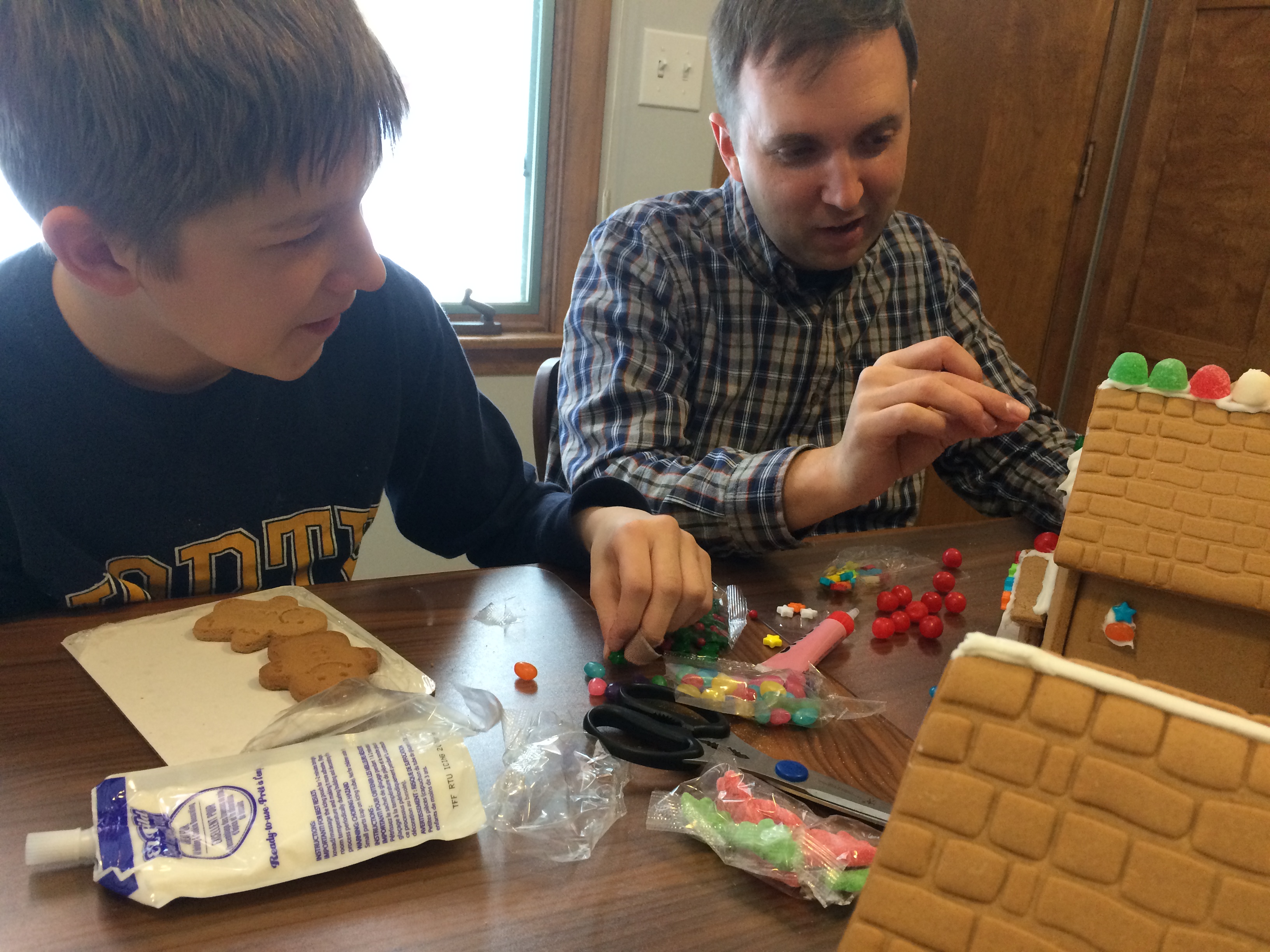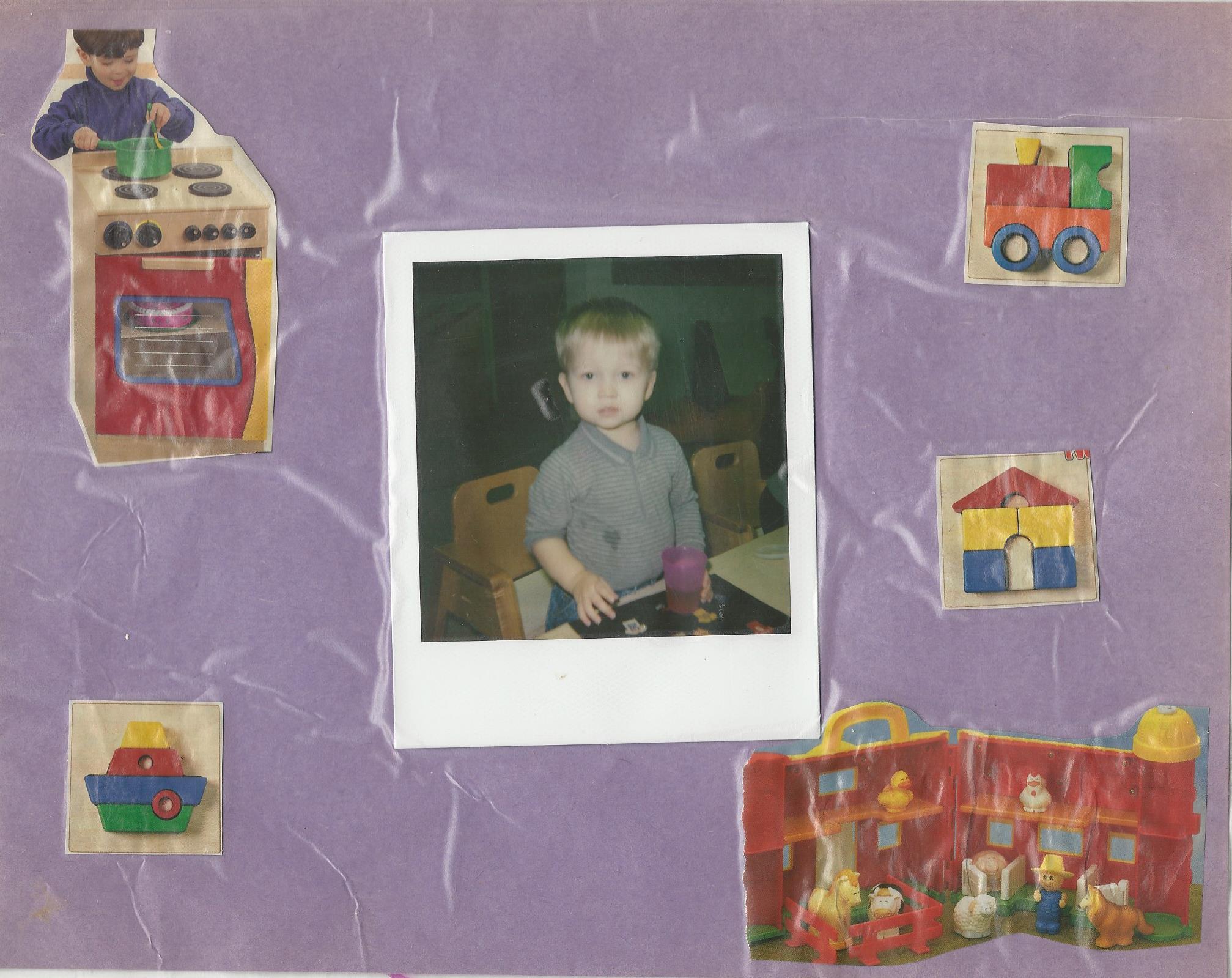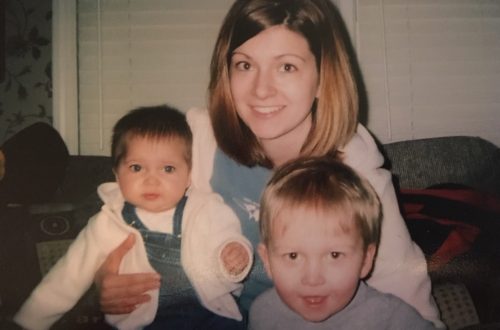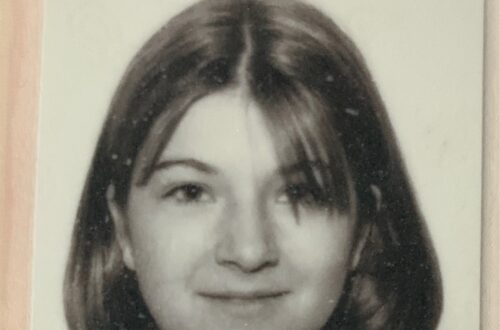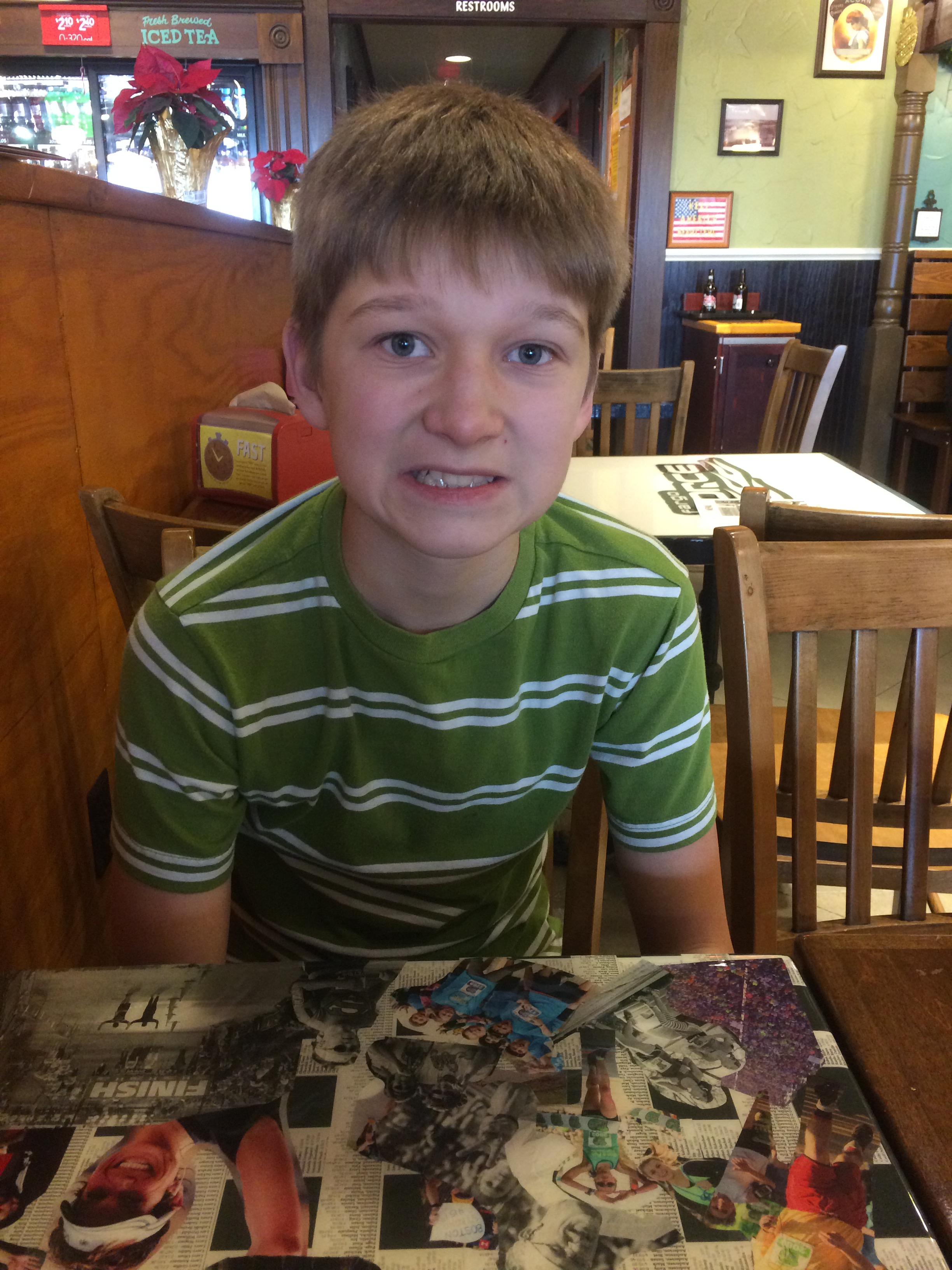
Rehabilitation–or just “habilitation”
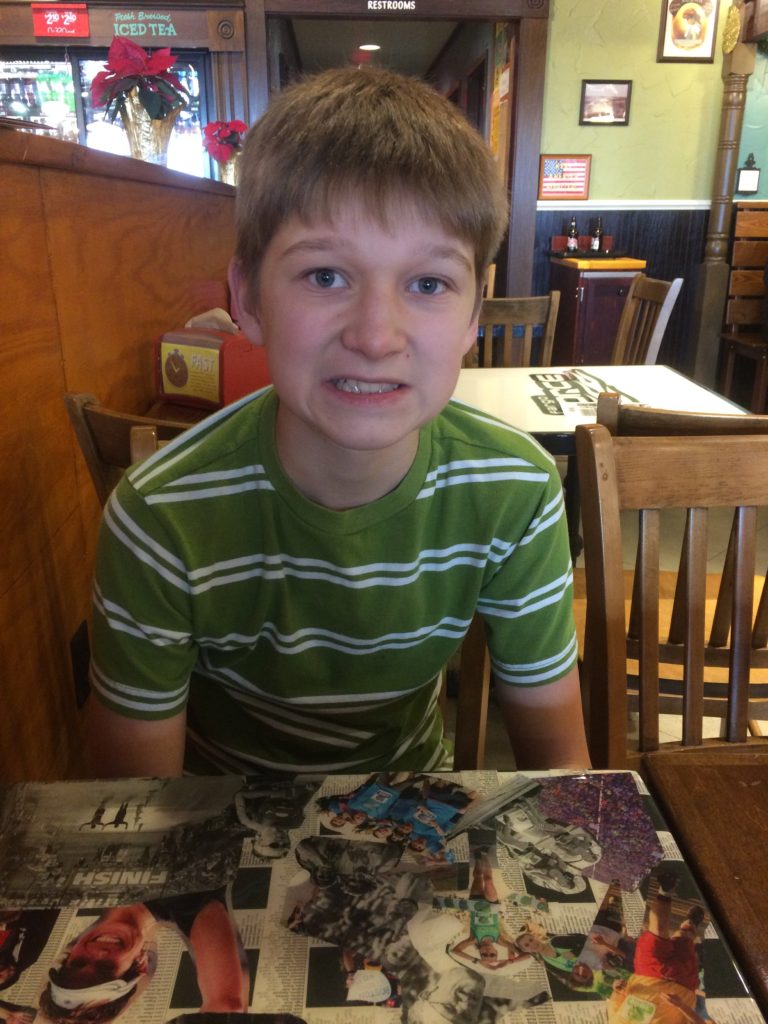
Sometimes I feel like J has been in rehab almost every day of his life, except that instead of relearning skills he once had, J has never had the skills. Like all the skills. Sometimes I feel like it’s just one big, impossible task. NOTHING is intuitive with J. There are some days where I feel like I am literally programming a human like I would be programming a computer. Every little skill, every little nuance has to be first modeled before he can learn it. Which makes it feel like the biggest task on the planet.
It’s also why I feel really, really grateful for the people who send me little texts of encouragement sometimes–like his special ed teacher at school who sends me a little text about how much she enjoys having him. It’s nice to hear about the good things he’s doing. It feels like most of the time a lot of the communication I have with others is about what he’s not doing or what he’s doing wrong. I’m grateful for the coaches who go out of their way to break down–to the most basic instructions–the steps on how to stretch properly or how to do the coordination drills they practice properly. These are the people who help me keep going when I’m not seeing results. When I just can’t see the right “in” on how to teach him.
Here are the two big “habilitation” breakthroughs we’ve had this week:
Drawing:
The more I work with J, the more I realize the importance of breaking down the steps. Which, ironically, is one of the biggest things he struggles with. At home when I’ve got J for those first two hours before school, we start with a lot of practice with directions. Listening to directions. Reading directions. Following directions. In any shape or form. We recite random lists to each other, we do the “listen and colour” sheets. I’ve even started having him “step-by-step” draw–visually following directions in a book. J has never been able to draw in his life. His version of a person–still at age 14–is a circle with two dots for eyes, a dot for a nose, and a line for a mouth. That’s it. That’s a person. A stick head person.
Since I’ve been reading on how important it is for kids to be able to visualize the things they see when they read, I decided it was about time J learned how to draw–really draw. I found a really, really basic, step by step drawing book that explained that circles, half circles, squares, triangles, etc all put together make pictures and suddenly it all made sense. EVERYTHING instantly made sense. He has been able to draw almost every single picture in the book because of the step-by-step breakdown. It’s as if he really has had these skills the whole time. It’s just that he/we haven’t been able to access them because for some reason.
I know drawing seems like a little thing to most people–and you don’t need drawing to “survive” in the world. But you do need to be able to visualize and process things. You do need to be able to take something concrete like a circle and make it something into something new or represent something different altogether. There’s a lot of higher thinking in that.
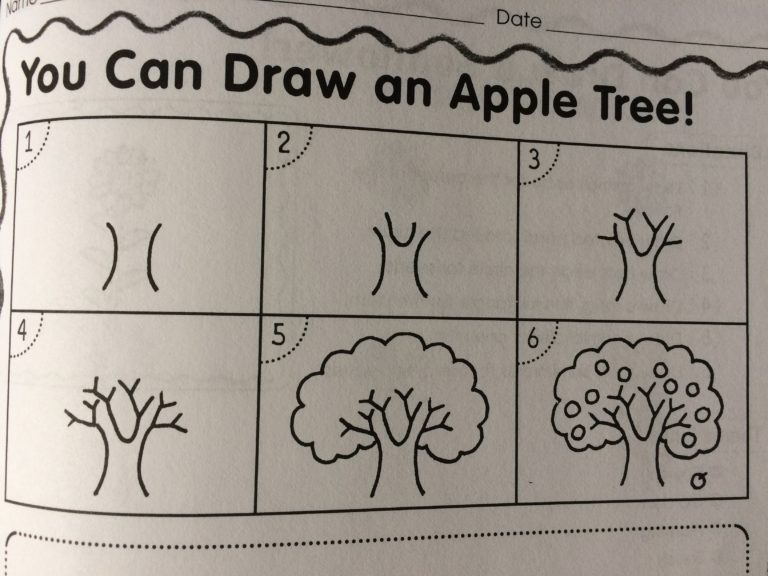
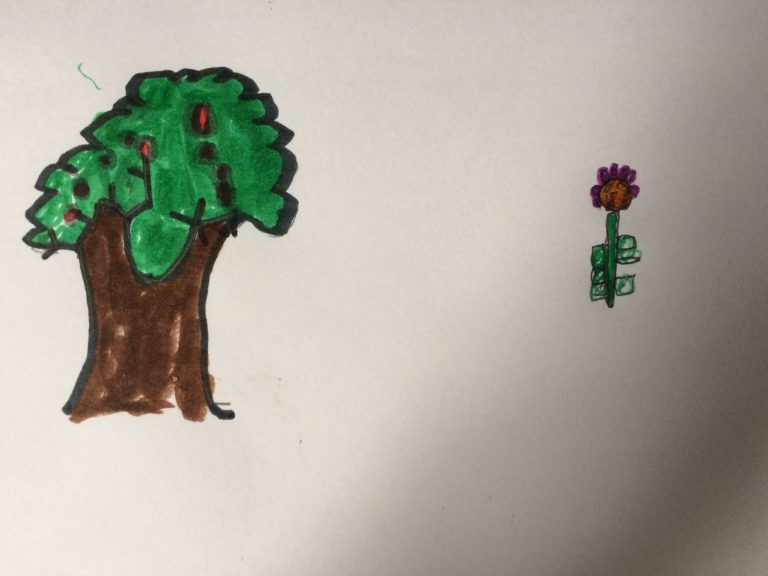
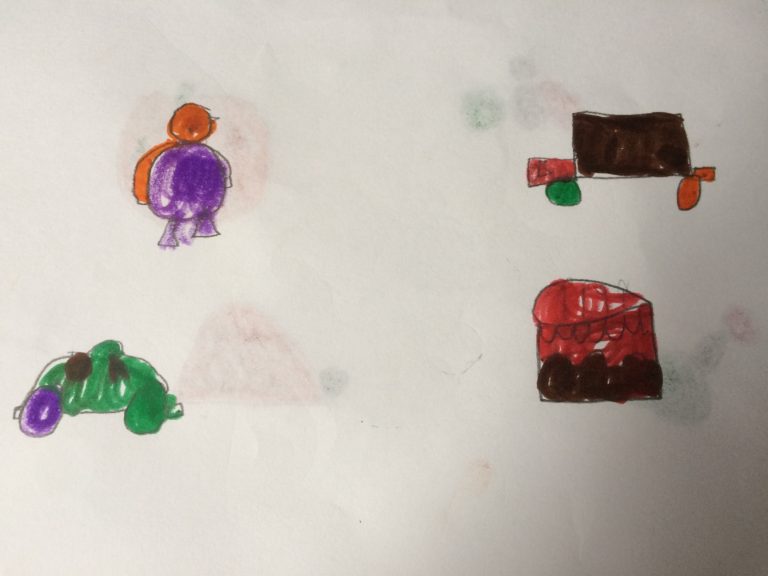
Coordination:
One of the XC coaches holds a winter running program off season between XC and track. During XC the coach approached me and suggested that winter running would be really great for J–especially to work on his strength and form since they do a lot of weight training and running form/flexibility/coordination exercises too throughout the winter. I’ve been really impressed with the patience the coach has shown with J–breaking down warm up exercises (like running down the hall with your knees high and up) into simple basic steps–because like I said earlier, things like “knees up” isn’t intuitive. On Friday they did a coordination drill involving about a dozen hurdles lined up and touching each other so the kids could practice balancing and bringing their legs over the hurdles in a variety of forms in a very controlled way. J struggled BIG TIME with this (when they had to walk over the hurdles backwards, J would take one step and turn over the hurdle to make sure he was facing forward again). For one of the exercises, J had to crawl under a hurdle, stand up, then walk over the next hurdle, alternating the pattern the entire way down the hallway. Halfway through, J was almost in tears because coordination is THAT HARD for him, but the rest of the kids were so patient waiting for him to go through, and once he started to figure out the pattern, they got SO excited for him and cheered him on. When he was finished, he informed me that he needed to sit out the next time and take a break. That drill took a lot out of J, but I was so impressed in how he stuck it to the end without a meltdown. I love that he’s starting to know how far he can push himself and what his limits are for himself.
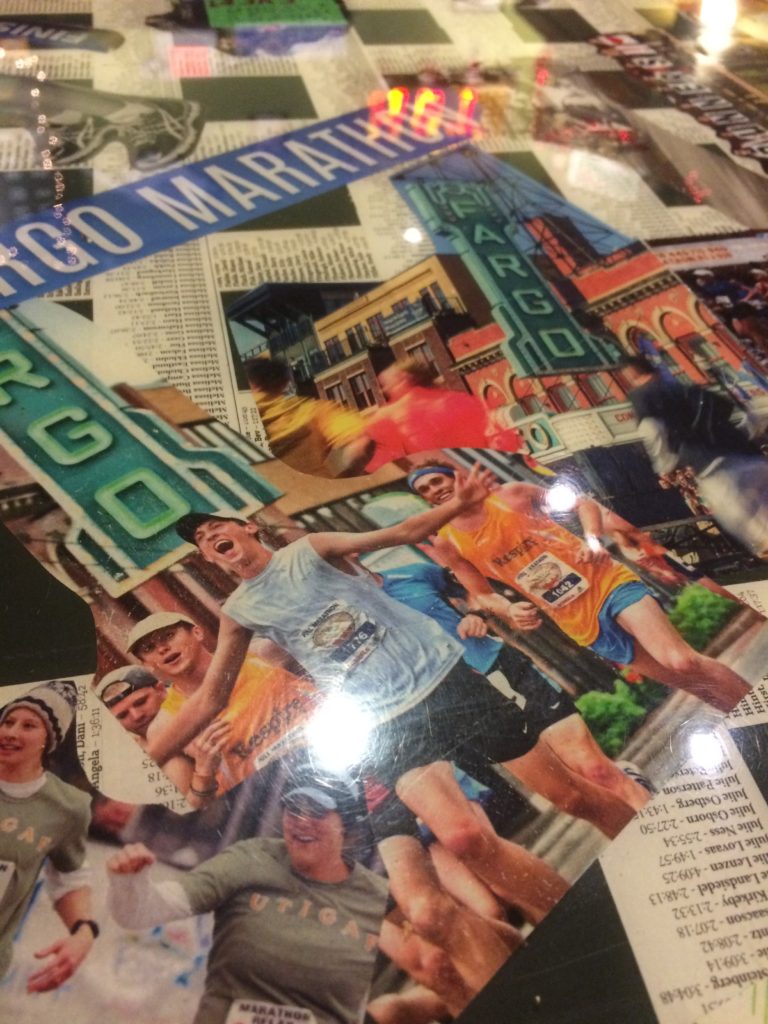
I know running form, weight lifting, and drills don’t seem like essential skills. But I really feel like J needs that extra “therapy” in training his brain to communicate properly with his body–especially when it comes to coordination. Especially when it requires one side of the brain to talk to the other.
J is constantly making me re-evaluate what education is–what education should like or what it really means to “learn” something. It’s also really mind blowing to see how many things J can really learn and do when he’s shown how to do them in the way his brain works. It’s J’s ability to learn things despite everything that’s working against him and the people who keep cheering him on that help me get through the day and ready to start the next morning to do it all over again.
